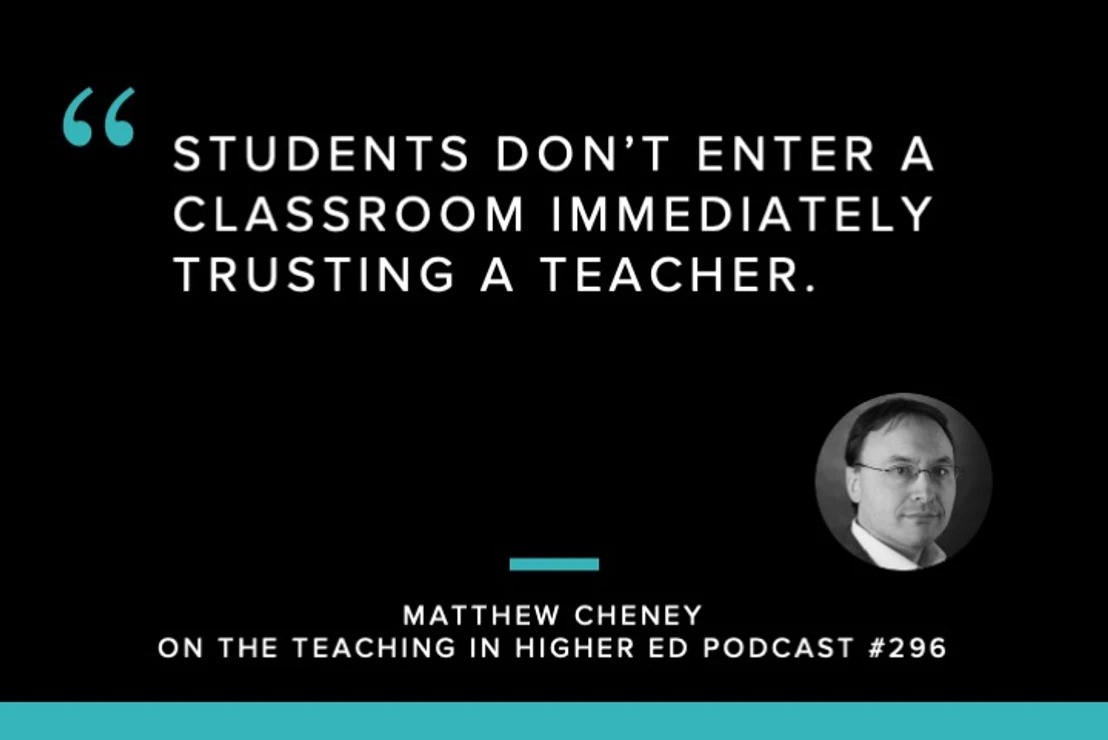Main Content
“When someone with the authority of a teacher
describes the world and you're not in it,
there's a moment of psychic disequilibrium,
as if you looked into a mirror and saw nothing.”
- Adrienne Rich
Established, traditional canons have historically represented Eurocentric cultural values, experiences and ways of knowing that result in omissions and do not accurately reflect the multicultural world we live in. Diversifying your curriculum means moving "diversity-related intellectual questions to the center" of your students' learning experience. Faculty can do so by expanding your material with critical readings from scholars of color, women, neurodiverse, differently abled, global and LGBTQIA+ authors. Do students see their communities as constructors of knowledge?
Furthermore, curriculum and course design, including the syllabus itself, can often be off-putting, alienating or even punitive, especially to first generation college students who may be experiencing imposter phenomenon. Does your course invite curiosity and exploration or does it discourage risk-taking? Whose values are reflected in the structure of the course and the approach to learning? How do you incorporate multiple modalities for learning differences?
To learn about how to appropriately select and work with diverse course content, as well as scaffolding course design, consider applying to SEED, the summer teaching institute.
Resources
Castillo-Montoya, Milagros, Abreu, Joshua, & Abad, Abdul. (2019). "Racially liberatory pedagogy: A Black Lives Matter approach to education." International Journal of Qualitative Studies in Education: Black Deprivation, Black Resistance and Black Liberation: The Influence of #BlackLivesMatter (BLM) on Higher Education, 32(9), 1125-1145.

